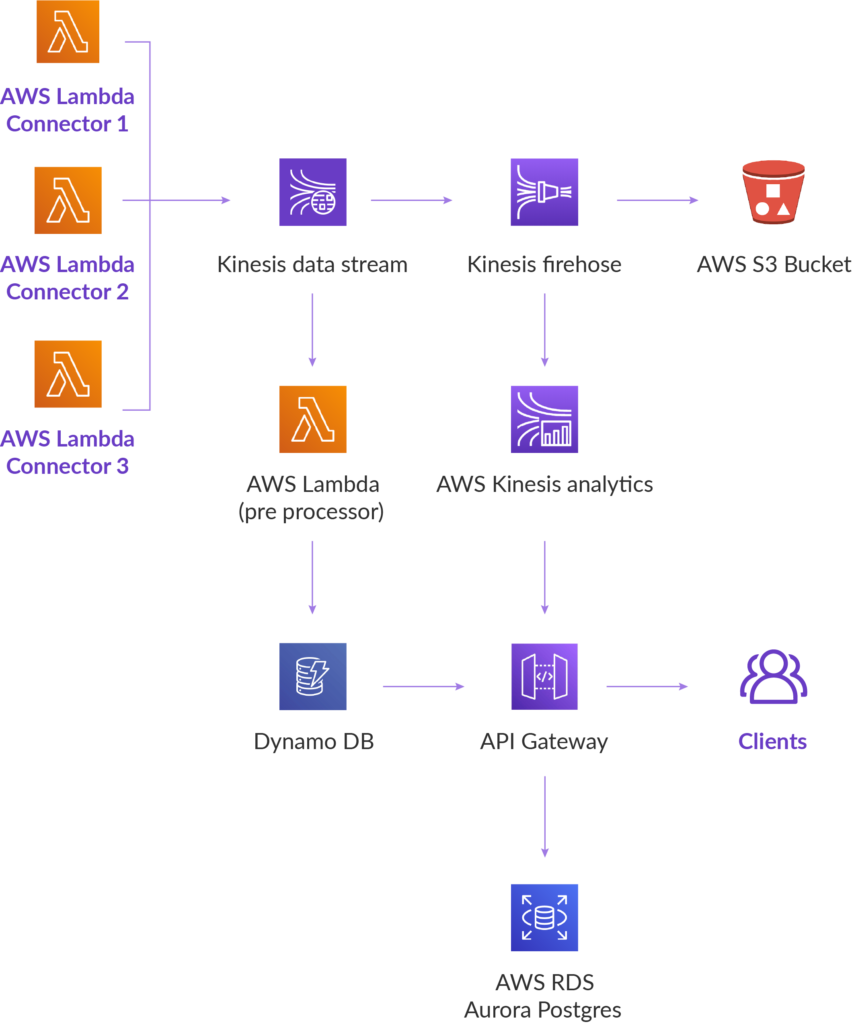
Designing a unified dashboard that uses
real-time metrics to streamline solar power usage
The challenge
There were
three main challenges to overcome:
Why Amazon Web Services
Having delivered bespoke serverless solutions for its customers in the past, the Forgeahead specialists were able to harness their deep industry knowledge to design the required auto-scaling architecture for the client.

SAM
The AWS Serverless Application Model (SAM) is a framework for building serverless applications. It provides shorthand syntax to express functions, APIs, databases, and event source mappings. With just a few lines per resource, you can define the application you want and model it using YAML. This helped to build the serverless application faster and maintain it over time.

Lambda
AWS Lambda is a serverless compute service. This service is used to process the data coming from various types of inverters.


API Gateway
Amazon API Gateway is a fully managed service that makes it easy to create, publish, maintain, monitor, and secure APIs at any scale.

Kinesis
Amazon Kinesis makes it easy to collect, process, and analyze telemetry data coming from multiple inverters.

DynamoDB
This NoSQL DB is used to persist processed telemetry data to display the usage/performance of the system over time.


the BENEFITS
at Forgeahead Solutions.
New intervals now appear on the ENACT dashboard every 5 minutes,
at Forgeahead Solutions, adds.
Benefits of AWS
AWS has also helped to create functionally-rich APIs that are aesthetically pleasing and easy to use.
All in all, AWS has helped Forgeahead create a faster, cost-controlled serverless architecture that is adaptable, autonomous, and auto-scalable.
$1 billion
processed annually
Over 1000
US solar contracting professionals use the client’s platform
Multiple
Global Awards
(US Dept. of Energy, Dubai Future Foundation)